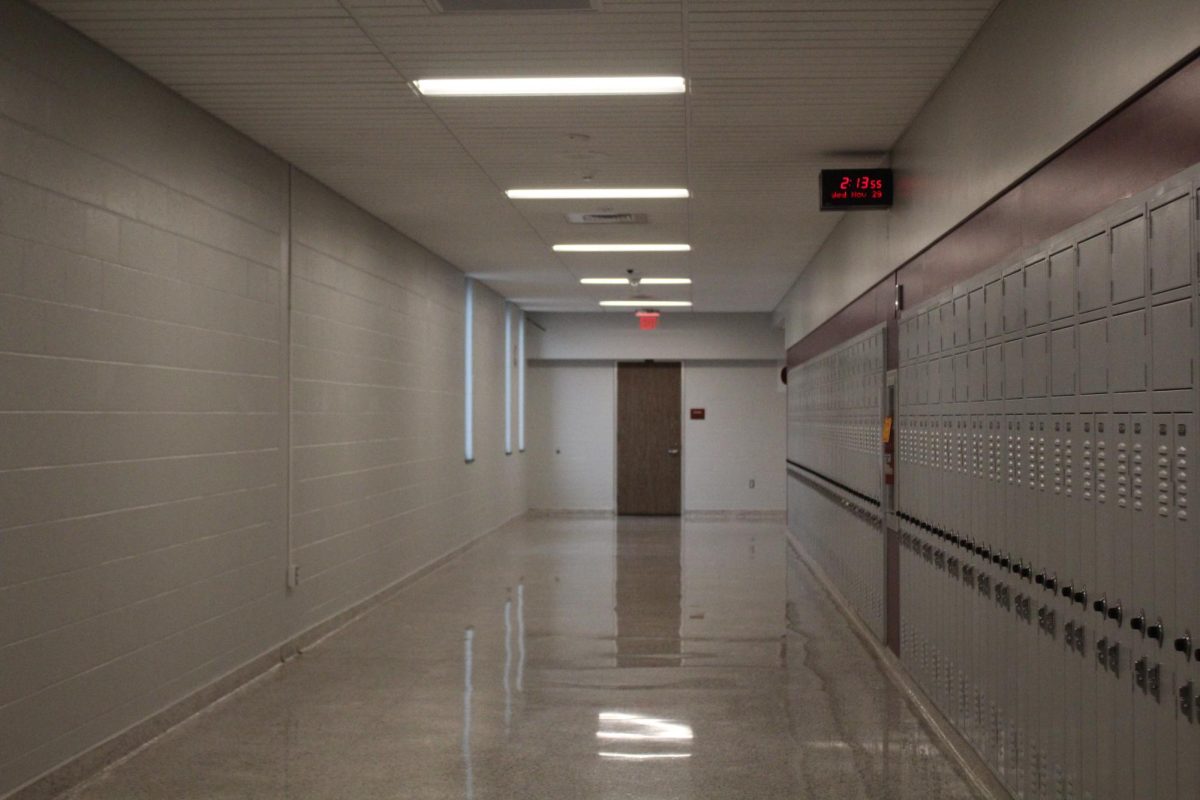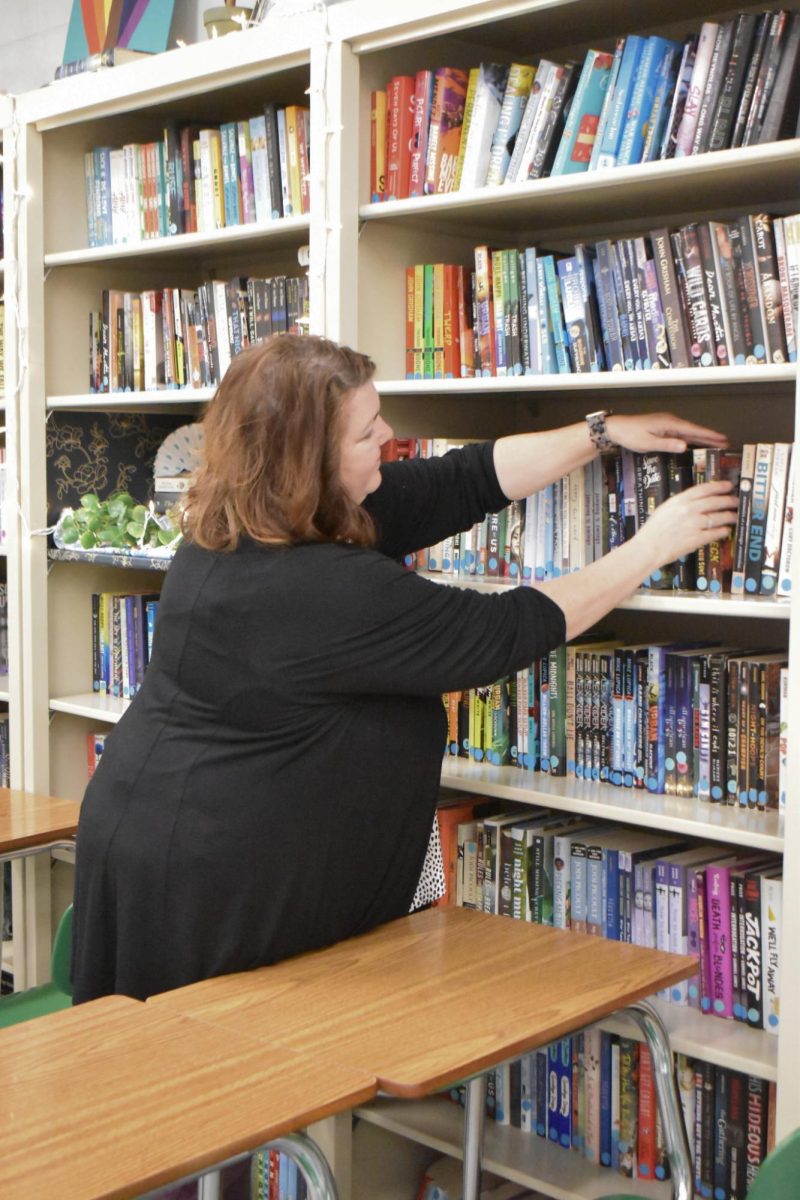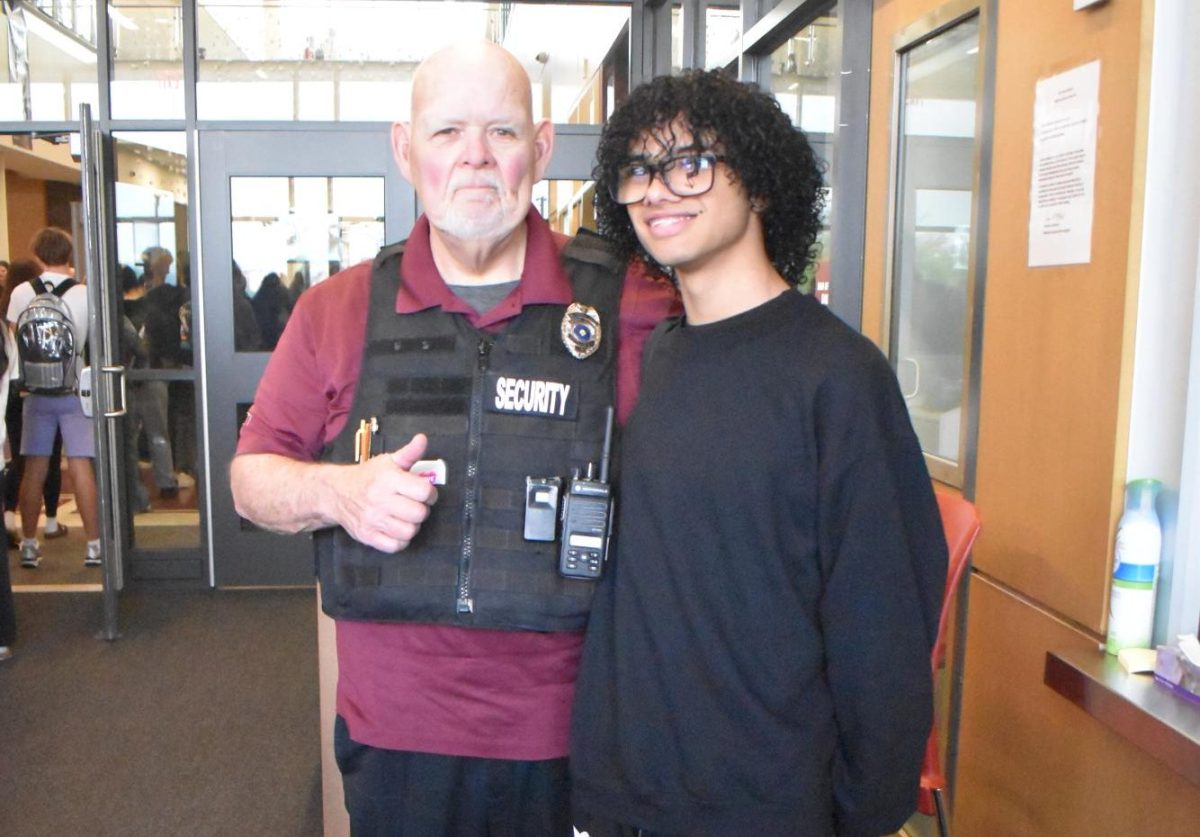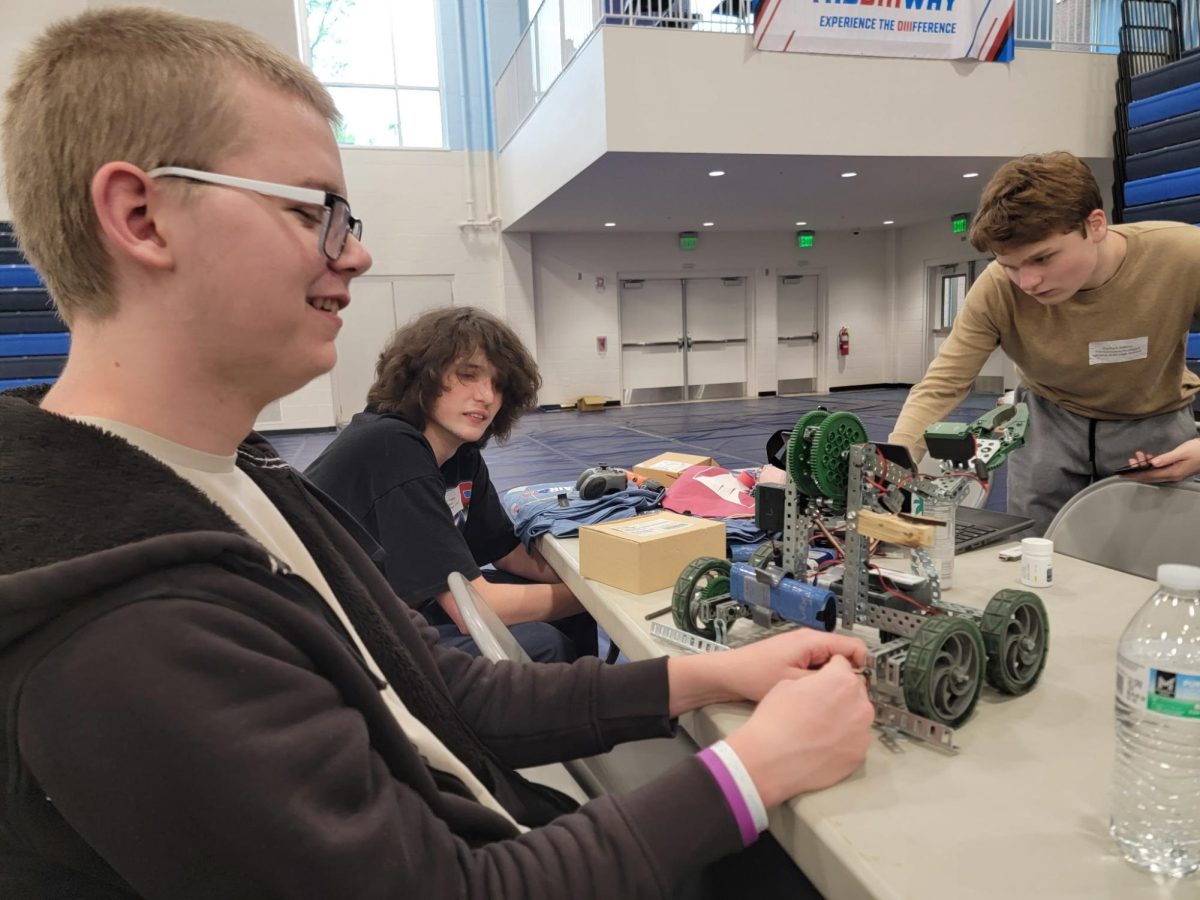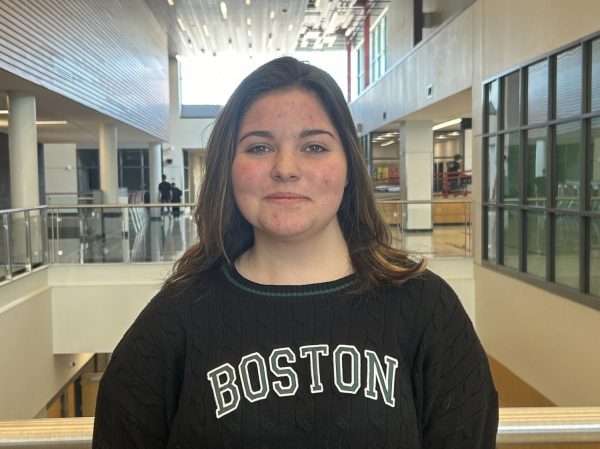According to Crisis in the Classroom: Schools, officials working to combat the rise in student homelessness, “Over 33,000 students in Pennsylvania were considered homeless.” [ during the 2021 – 22 school year.].
Tracy Fitzpatrick, the Homeless Support Specialist for the Altoona district doesn’t like to refer to her students as homeless. Instead, she refers to them as McKinney Vento students.
The McKinney Vento Act defines homelessness as, “Individuals who lack a fixed, regular and adequate nighttime residence.” However, there is more to the definition than what meets the eye. This act also incudes “children and youths who are sharing the housing of other persons due to loss of housing, economic hardship or a similar reason; are living in motels, hotels, trailer parks or camping grounds due to the lack of alternative adequate accommodations; are living in emergency or transitional shelters; or are abandoned in hospitals.”
“Homelessness has such a negative connotation with it, but that isn’t always the case,” Fitzpatrick said. “We don’t think about the families that might need to be doubled up or have different circumstances going on.”
As the Homeless Support Specialist, Fitzpatrick wears many hats.
“When a family is identified, it goes through administration and is put on the roster. Then, I reach out to the family and see what they need and what the kids and family needs. I assist with finding clothes, food, shelter, anything. Then, I check in with the schools and guidance counselors and see if they see any needs for the kids,” Fitzpatrick said.
“They [Tracy Fitzpatrick and Patricia Sauka] have helped me in many ways , including helping with housing , food, clothes and support. Mrs. Sauka has helped me through the years with many other things before becoming homeless,” an anonymous student said. “It’s nice knowing there’s always someone there to lend a hand when you need it.”
Erica Castine is the Youth Homeless Prevention Advocate at Blair Community Action Program. Castine also is on the Pennsylvania Legislative Advocacy Committee which advocates for the youth around the state.
Castine works with youth between the ages of 18 and 24.
“Youth is considered 18 to 24. We can’t help anyone under the age of 18 because they still have a guardian. Most of my clients are between 18 to 20,” Castine said.
She also works closely with the Altoona School District, where she worked for many years as an aide, as well as with Fitzpatrick.
“The school district will call me when there is a student that is homeless. I take them and I house them. Fitzpatrick will call me when she has a student in need and then I go and try to get them into my program. We’ve got a great team going on there with everybody,” Castine said.
Since July of 2023, Castine and her team have assisted 392 people. They currently have 259 names on their waiting list.
Castine works with not only Blair County but also with other surrounding counties. Out of the counties she works with, she has found that Blair County has the highest population of homeless youth.
“Most of the homeless youth I work with are here, second to that being Cambria County,” Castine said. “I find the biggest need is here in Blair County.”
Castine believes the biggest challenge homeless youth are facing is community misconception of what these youth are capable of.
“Most people who have a great home life or have been around a great home life just assume that everyone has that. They don’t. It is hard for people to see what a huge problem it really is out there for homeless youth,” Castine said.
Most homeless youth, when they turn 18, are pushed out of the house and left on their own.
“None of these kids have been taught any skills to be on their own. Parents or guardians just want them out immediately and don’t give them a chance to learn how to get jobs,” Castine said.
Castine will never turn away a youth who wants to work with her. The only reason she would have them wait would be due to funding, which she feels is lacking.
“I don’t feel like there is enough funding out there. It is why I advocate and do what I do,” Castine said. “Society and the community don’t understand the high need we have. There is not enough, but when you can get it, it can’t always help now. There needs to be more funding in place.”
Castine has noticed a rise in homeless youth since COVID-19.
“Covid has increased the financial burdens on everybody, making it harder for families to keep afloat. Families can’t afford everyday living like they used to,” Castine said.
Castine has had a large success rate with her program.
“A lot of these kids become self-sufficient, and they get jobs. It’s great,” Castine said. “Kids are happy and proud that they got assistance. When I move them in, it is a very heartwarming moment for them.”
To assist these youth, reach out to Erica Castine at Blair County Community Action Program, for more information.



